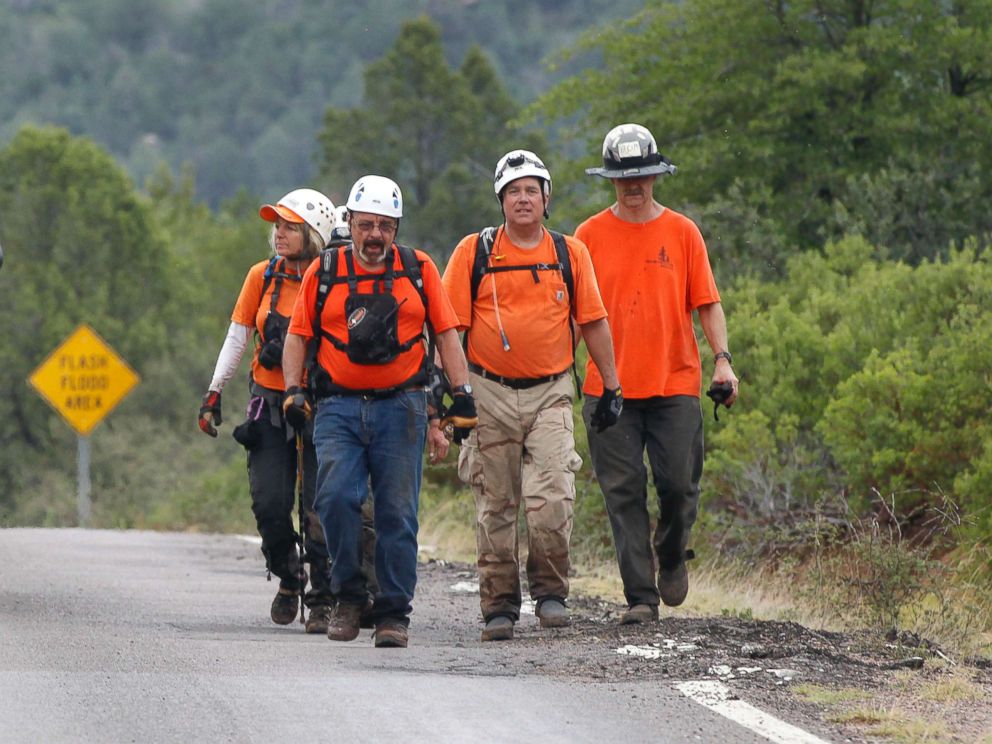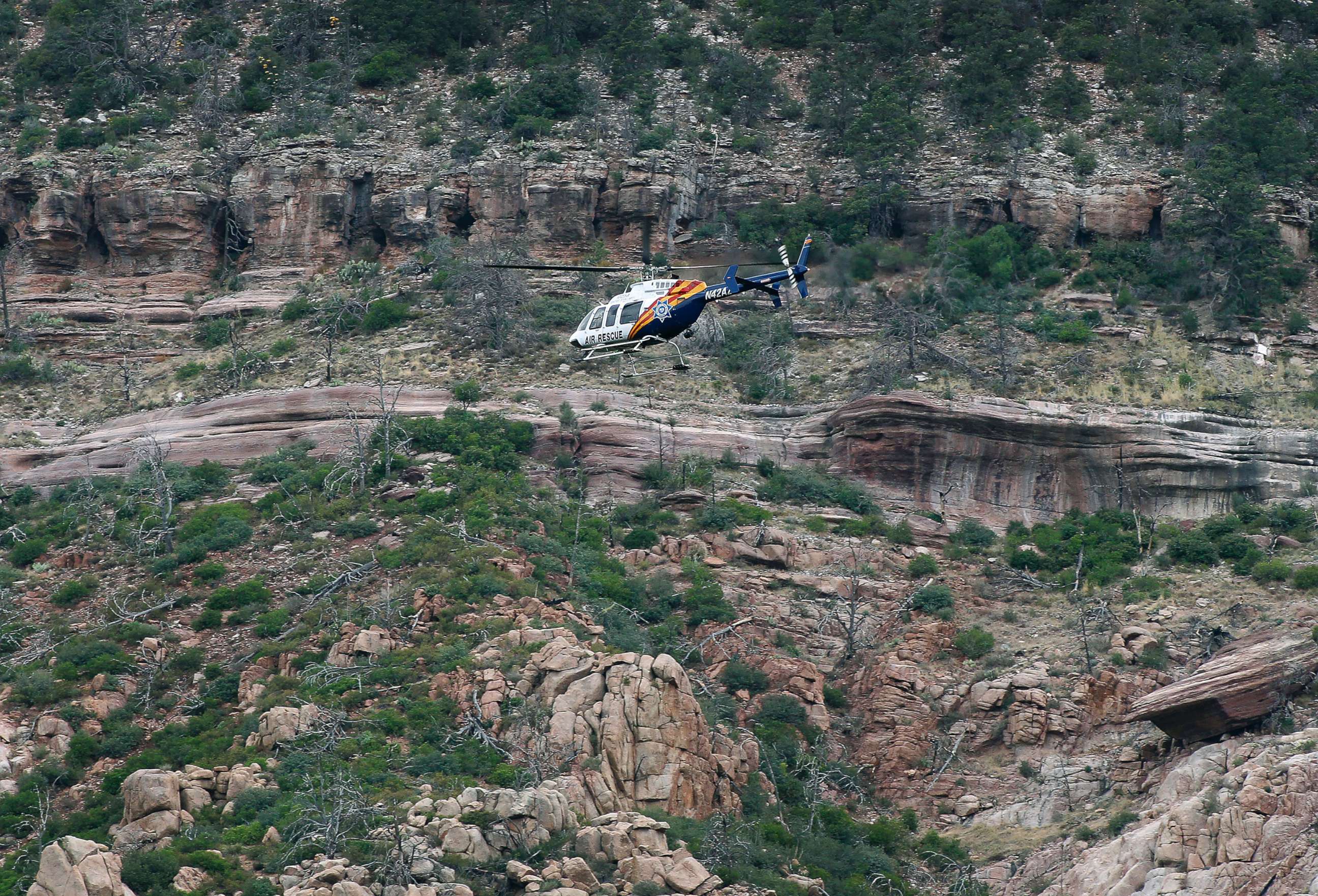Deadly Arizona flash flooding was exacerbated by environmental factors
The fatal incident was typical of desert flooding, according to meteorologists.
— -- The deadly flooding in Arizona that killed at least nine people from a single family this weekend was a "textbook definition" of desert-region flash flooding, according to an ABC News meteorologist.
The flooding took place in the area of the Cold Springs swimming hole in the town of Payson, Arizona on Saturday afternoon, officials said. A search-and-rescue operation has resumed this morning for one person, according to the Gila County Sheriff’s office, and a 27-year-old man remains missing after the flood.

The incident followed a weather forecast by ABC News' meteorologists predicting "monsoonal related thunderstorms" throughout the weekend in the Southwest.
ABC News Meteorologist Max Golembo said that what Arizona experiences during its monsoon season differs significantly from situations where heavy rainfall accumulates in other areas, like Florida, for example -- in part because of the terrain.
Soil in parts of Arizona is hard, and dried out from extreme heat that frequently hits over 100 degrees fahrenheit in the summer. That means that falling water isn’t always absorbed into the soil, but instead will frequently accumulate on the hard ground, as it would on concrete, Golembo notes.

The rain that had accumulated in northern Arizona over the weekend came very rapidly prior to the deaths of the nine family members -- at a rate of roughly 1.5 inches per hour.
That rain had nowhere to go but downstream, according to Golembo.
Officials described a six foot high wall of water, rushing at 30 miles per hour, following that rapid accumulation of rainwater.
Arizona's long periods of sustained, dry heat also likely made the rush of water significantly more dangerous as it traveled downstream to the area of the sinkhole, according to Golembo.
He said that the dry heat in Arizona also weakens trees and brush. making it easier for them to break apart under pressure. As a result, debris accumulates in the flowing water.
"When water sweeps along it can pick up the branches and take them along," he said. "That's why in video of the flooding, the water has that very dark color."




